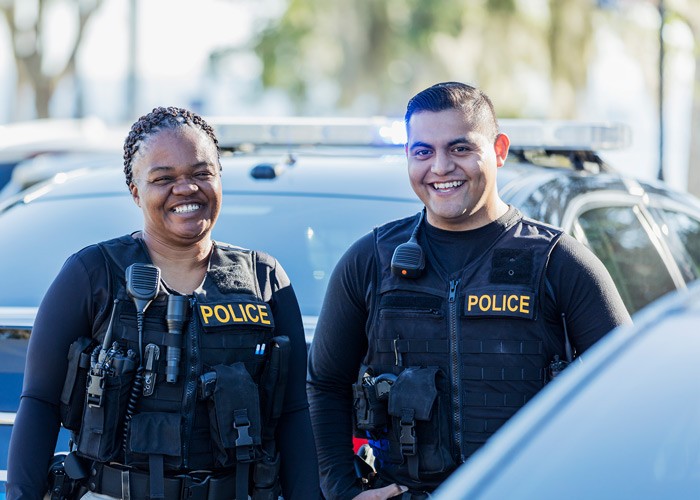Building strong relationships between police and the communities they serve is critical for public safety and social justice. One effective way to understand community perspectives on law enforcement and identify areas for improvement is by conducting localized surveys. This allows police departments to directly engage with community members, collect actionable feedback, and implement data-driven reforms.
The Value of Community Surveys
Well-designed surveys provide a platform for citizens to voice their concerns, experiences, and suggestions openly. The aggregated data can reveal insights into public trust, perceived biases, enforcement practices, and desired changes. As community relations have become a major focus in policing, surveys allow departments to monitor priorities, demonstrate responsiveness, and track progress over time. In essence, community surveys enable evidence-based policing tailored to local needs.
Recent years have seen cities like Los Angeles, Dallas, and New York use surveys to guide police-community relations reforms. The approach can supplement other feedback channels like community meetings and help reform efforts remain sustainable and grounded in public input. As tactics like de-escalation training and community policing gain traction, community surveys will grow increasingly valuable.
Designing Effective Survey Questions
The impact of a community survey depends largely on asking the right questions clearly and objectively. Questions should aim to understand experiences with police, assess satisfaction levels, and identity areas for improvement. Consider these strategies when designing survey questions:
- Ask about specific encounters like reporting crimes, traffic stops, seeking assistance etc. This provides more actionable data than general perceptions.
- Include demographic questions to analyze trends by age, race, neighborhood etc. But keep them broad and optional.
- Use a mix of quantifiable rating scales, multiple choice, and open-ended questions. This provides nuance.
- Avoid loaded, misleading, or double-barreled questions that could skew responses. Stick to neutral language.
- Order questions thoughtfully to capture unaided top-of-mind concerns before probing specific issues.
- Allow open-ended feedback for respondents to elaborate on issues or share ideas.
- Keep the survey concise. Limit fatigue by prioritizing key focus areas.
Administering Surveys Effectively
To obtain useful survey data, police departments must administer surveys thoughtfully using best practices:
- Strive for a demographically representative sample by surveying randomly selected citizens countywide.
- Leverage multiple survey channels – online, QR Codes, SMS etc. – for broader reach.
- Partner with local non-profits and communities to improve participation and trust.
- Provide multilingual surveys to increase immigrant or non-English speaker participation.
- Keep responses anonymous and communicate data security to encourage candid feedback.
- Share survey goals clearly and convey that results will inform police training and policies.
- Incentivize participation by highlighting benefits to the community. Raffle prizes or donations can help.
- Follow up repeatedly with non-respondents to reduce non-response bias in data.
Translating Feedback into Reform
The hardest part is turning community survey data into positive reforms. Police departments should:
- Publish results transparently showing action items to address public concerns.
- Set goals and metrics to track progress over time based on feedback.
- Partner with local advocacy groups, non-profits, and communities to implement changes.
- Invest in more training and education to address biases, complaints about unfair treatment etc.
- Create solid processes to review challenges highlighted by the community and adapt accordingly.
- Maintain open communication with citizens on reform efforts and progress.
The path to improving police-community relations is complex but critical. Regular community surveys provide data-driven insights to guide meaningful, sustainable solutions tailored to local concerns. With proper planning and follow-through, police departments can leverage surveys to strengthen bonds, accountability, and public safety over the long-term.
In summary, investing in periodic community surveys allows police departments to directly engage with citizens, understand areas for improvement, and implement reforms that rebuild public trust. By making surveys well-designed, widely accessible, and acted upon, the approach can drive real progress in police-community relations.
To begin, schedule your free demo and discover how Officer Survey can assist your agency.






